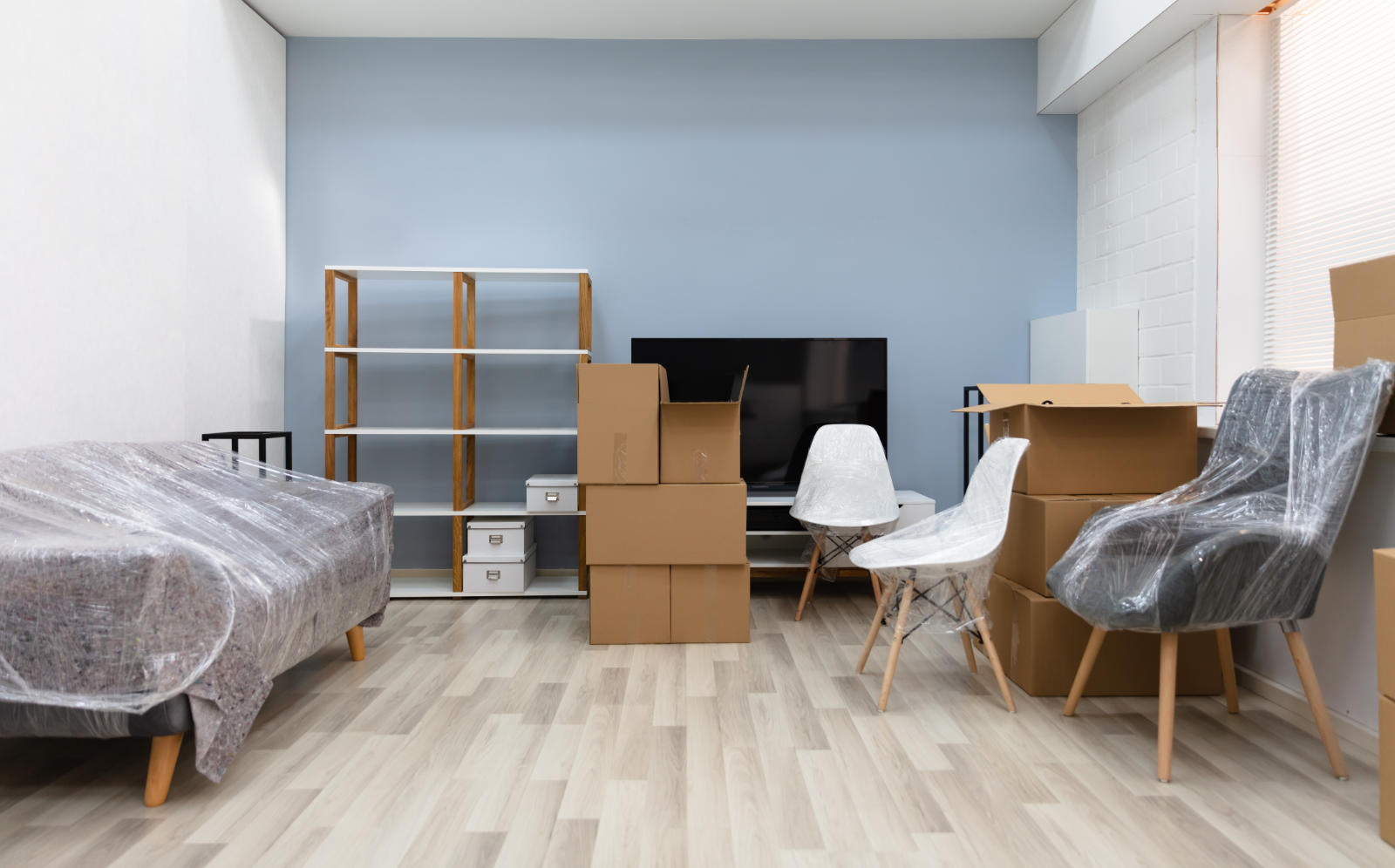

Articles
How To Store Furniture In A Storage Unit
Modified: January 20, 2024
Looking for articles on how to store furniture in a storage unit? Discover expert tips and tricks for safely and efficiently storing your furniture in a storage facility.
(Many of the links in this article redirect to a specific reviewed product. Your purchase of these products through affiliate links helps to generate commission for Storables.com, at no extra cost. Learn more)
Introduction
When it comes to storing furniture, whether you’re moving, decluttering, or renovating, it’s essential to take the necessary precautions to protect your valuable possessions. A storage unit provides a convenient and secure space to keep your furniture safe and out of the way. However, proper preparation and organization are key to ensuring that your furniture remains in pristine condition during its time in storage.
In this article, we’ll explore the step-by-step process of storing furniture in a storage unit. From choosing the right storage facility to properly packing and arranging your furniture, we’ll cover everything you need to know to keep your furniture in optimal condition.
Before diving into the details, it’s important to note that different types of furniture require different storage methods. Delicate items such as antique furniture, glass pieces, or leather upholstery may require extra care and specific storage conditions. It’s always best to consult with professionals or do some research on how to store specific types of furniture.
Now, let’s get started on the journey of storing your furniture in a storage unit, ensuring it stays safe, protected, and well-maintained.
Key Takeaways:
- Properly preparing and organizing furniture for storage is essential to ensure its protection and longevity. From choosing the right storage unit to careful wrapping and packing, attention to detail is key.
- Regular maintenance, climate control, and pest prevention measures are crucial for preserving furniture in storage. Proper retrieval techniques and careful handling ensure a smooth and efficient process, ultimately extending the lifespan of your furniture.
Read more: How To Store Furniture
Choosing the Right Storage Unit
Before you start storing your furniture, it’s crucial to choose the right storage unit that meets your needs and provides optimal conditions for your furniture. Here are some factors to consider when selecting a storage facility:
- Size: Determine the size of the storage unit you need based on the amount and size of furniture you have. It’s always better to opt for a slightly larger unit to allow for adequate space for maneuvering and ventilation.
- Location: Consider the proximity of the storage facility to your home or office. If you plan on accessing your furniture frequently, choose a storage unit that’s conveniently located to avoid long travel times.
- Security: Look for a storage facility that offers robust security measures, such as CCTV surveillance, gated access, and individual unit alarms, to ensure the safety of your furniture.
- Cleanliness: Inspect the facility for cleanliness and pest control measures. A clean and well-maintained storage unit will help protect your furniture from dirt, dust, and pests.
- Climate control: If you live in an area with extreme temperatures or high humidity, consider renting a storage unit with climate control. This will help prevent damage to your furniture caused by fluctuations in temperature and humidity.
- Accessibility: Check the facility’s access hours and policies. Choose a storage unit that offers convenient access times to fit your schedule.
- Insurance: Inquire about insurance options provided by the storage facility or consider obtaining separate insurance coverage for your stored furniture. Insurance will offer financial protection in the event of any unforeseen incidents.
- Reviews and recommendations: Read online reviews and seek recommendations from friends or family who have used storage units in the past. Their experiences can provide valuable insights into the reliability and quality of different storage facilities.
By carefully considering these factors, you can select a storage unit that provides the right combination of size, location, security, and amenities to meet your specific furniture storage needs.
Preparing Furniture for Storage
Before you start packing your furniture for storage, it’s important to prep each piece to ensure it remains in good condition during its time in the storage unit. Here are some steps to follow when preparing furniture for storage:
- Clean thoroughly: Start by cleaning your furniture thoroughly to remove any dirt, dust, or stains. Use appropriate cleaning agents and methods based on the material of your furniture. This will prevent dirt from causing damage or attracting pests while in storage.
- Disassemble if possible: If your furniture can be disassembled, take it apart to save space in the storage unit and reduce the risk of damage during transport. Keep all screws, bolts, and other small parts in labeled bags and tape them to the corresponding furniture piece for easy reassembly later.
- Protect delicate surfaces: Use furniture pads or blankets to cover delicate surfaces, such as wood or glass, to prevent scratches or breakage.
- Remove cushions and covers: If your furniture has removable cushions, take them off and pack them separately. Clean and store them in plastic bags to keep them free from dust and dirt. Remove any removable covers and launder them before storing.
- Wrap with plastic wrap or bubble wrap: For added protection, wrap furniture pieces with plastic wrap or bubble wrap. This will safeguard them from dust, scratches, and other potential damage.
- Label and document: Label each wrapped furniture piece with its contents and a brief description. Take photos or make a detailed inventory list of the furniture you’re storing. This will help you keep track of your items and make it easier to retrieve specific pieces when needed.
Additionally, if you’re storing upholstered furniture, it’s wise to treat them with a fabric protector to prevent stains or mold growth during storage.
By following these prep steps, you’ll ensure that your furniture is ready for safe and secure storage, minimizing the risk of damage or deterioration while in the storage unit.
Disassembling Furniture
Disassembling your furniture before storing it can save space, make it easier to transport, and reduce the risk of damage. Here are some steps to follow when disassembling furniture:
- Gather the necessary tools: Before you start disassembling your furniture, gather the appropriate tools such as screwdrivers, Allen wrenches, pliers, or any other tools necessary to remove bolts, screws, or other fasteners.
- Refer to the manufacturer’s instructions: If available, refer to the manufacturer’s instructions or assembly manual for guidance on how to properly disassemble your furniture. This will ensure that you follow the correct steps and don’t cause any accidental damage.
- Remove cushions, pillows, and accessories: Take off any removable cushions, pillows, or accessories from the furniture. Keep them separately and label them for easy identification.
- Detach legs and arms: If your furniture has detachable legs or arms, unscrew or remove them carefully. Place the screws or bolts in a small labeled bag and tape it to the corresponding furniture piece. This will help you keep track of the hardware and prevent any loss or confusion when reassembling the furniture later.
- Take apart larger components: For larger furniture items, such as beds or bookshelves, disassemble them into smaller components. Remove shelves, headboards, footboards, or any other detachable parts. Again, label and bag the hardware to avoid misplacement.
- Secure loose parts: After disassembling the furniture, ensure that any loose parts are secured and won’t shift during transportation or while in storage. Use tape or cord to bundle the components together.
Keep in mind that not all furniture pieces can be easily disassembled. If you’re unsure about disassembling a specific item, consult the manufacturer’s instructions or seek professional assistance to avoid causing damage to the furniture.
By carefully disassembling your furniture, you’ll maximize the use of space in your storage unit and reduce the risk of damage during transport and storage. Additionally, it will make it easier to reassemble the furniture when you retrieve it from storage.
Wrapping and Packing Furniture
Proper wrapping and packing of your furniture is essential to protect it from scratches, dents, and other damage while in storage. Here are some steps to follow when wrapping and packing your furniture:
- Use furniture blankets or pads: Start by covering larger furniture pieces with furniture blankets or pads. These protective layers will provide a cushioning effect and prevent scratches during transportation and storage.
- Secure the blankets: Use packing tape or stretch wrap to secure the blankets in place. Make sure they are tightly wrapped around the furniture to prevent them from slipping off.
- Protect corners and edges: Use corner protectors or edge guards to safeguard the corners and edges of your furniture. These protective covers will help prevent chipping or denting which can occur during movement or if items shift in the storage unit.
- Wrap with plastic wrap or bubble wrap: For additional protection, wrap your furniture with plastic wrap or bubble wrap. This will add a layer of insulation and prevent dust and moisture from reaching the furniture surface.
- Secure wrapped furniture with straps: Use straps or bungee cords to secure the wrapped furniture pieces together. This will prevent them from shifting during transportation and minimize the risk of damage.
- Wrap glass and mirrored surfaces: If your furniture has glass or mirrored surfaces, use bubble wrap or special mirror protection film to cover these delicate areas. Secure the wrap with tape to ensure it stays in place.
- Disassemble smaller furniture items: If you have smaller furniture items, such as tables or chairs, disassemble them if possible. Wrap each component individually with bubble wrap or furniture pads and secure them together using tape or rope. Keep all the hardware in labeled bags and tape them to the corresponding furniture piece.
- Label and document: Label each wrapped furniture item with its contents and a brief description. Take photos or make a detailed inventory list to keep track of your furniture pieces. This will make it easier to identify and retrieve specific items when needed.
Remember to handle your furniture with care when wrapping and packing. Avoid dragging or sliding furniture to prevent unnecessary damage. If you’re unsure about the wrapping technique for a particular furniture piece, consult professional movers or storage experts for guidance.
By following these wrapping and packing steps, you’ll ensure that your furniture is well-protected and ready for safe storage until you’re ready to retrieve it.
Read more: How To Store Furniture In Basement
Minimizing Damage during Transportation and Storage
Transporting and storing furniture can be a challenging task, but with proper precautions, you can minimize the risk of damage. Here are some tips to help you protect your furniture during transportation and storage:
- Hire professional movers: If possible, consider hiring professional movers who have expertise in handling and transporting furniture. They have the experience and equipment to safely move your furniture and minimize the risk of damage.
- Use a furniture dolly or cart: When loading and unloading furniture from a moving truck or into a storage unit, use a furniture dolly or cart to move heavy items. This will reduce the strain on your back and minimize the risk of dropping or mishandling the furniture.
- Stack furniture strategically: When placing furniture in the storage unit, stack items wisely. Start with the heaviest and sturdiest pieces as the base, placing them on pallets or boards to elevate them off the ground. Stack lighter and more fragile items on top to prevent crushing or damage.
- Leave enough space: Allow for some space between furniture items to promote airflow and prevent moisture buildup. This will help prevent mold or mildew from forming on your furniture.
- Protect furniture from moisture: Place plastic sheets or waterproof tarps on the floor of the storage unit to prevent moisture from seeping into the furniture. Additionally, you can use moisture-absorbing packets or desiccants to control humidity levels.
- Secure furniture with straps or ropes: Use straps or ropes to secure furniture to the walls or anchor points in the storage unit. This will prevent them from shifting or falling over during transportation or if the unit is accidentally bumped.
- Avoid storing items on top of furniture: Do not stack boxes or other items directly on top of your furniture as they can cause pressure and damage. Keep furniture as free from obstructions as possible.
- Regularly inspect and maintain your stored furniture: Periodically check on your stored furniture to ensure it’s in good condition. Look for signs of moisture, pests, or any other potential issues. Cleaning and maintaining your furniture during storage will help prolong its lifespan.
By following these tips, you can significantly reduce the risk of damage to your furniture during transportation and storage. Remember to take your time and handle each piece with care to ensure its safe arrival and preservation.
When storing furniture in a storage unit, disassemble any pieces that can be taken apart to save space and prevent damage. Keep all hardware and assembly instructions in a labeled bag to make reassembly easier.
Arranging Furniture in the Storage Unit
Properly arranging furniture in your storage unit is crucial for maximizing space and ensuring the safety of your items. Here are some tips to help you efficiently arrange your furniture:
- Create a layout plan: Before moving any furniture into the storage unit, create a layout plan. Measure the dimensions of the unit and sketch a floor plan to determine where each furniture piece will go. This will help you visualize how to best utilize the space.
- Start with the largest items: Begin by placing the largest and heaviest furniture items against the walls of the unit. This will create a stable base and give you more room to maneuver when arranging other pieces.
- Leave walkways: Allow for walkways between furniture items to ensure easy access to your stored belongings. These walkways will make it simpler to retrieve specific pieces without having to move other items around.
- Stack vertically: When possible, stack lighter and smaller items on top of larger furniture pieces. Make sure to secure the stacked items properly to prevent them from falling or causing damage.
- Disassemble as needed: If you have furniture that can be disassembled, take advantage of this to save space. Keep the disassembled parts organized and label them appropriately for easy reassembly later.
- Use furniture covers: Cover your furniture with dust covers or plastic sheets to protect them from dust and dirt. This is especially important if you’re planning to store your furniture for an extended period.
- Utilize vertical space: Take advantage of the vertical space in the storage unit by stacking items up to the ceiling, if allowed. Use shelving units, pallets, or sturdy boards to create additional levels for storing smaller items or boxes.
- Label and document: Label each furniture piece and box with its contents for easy identification. Maintain a detailed inventory list or take photos to keep track of your belongings and their locations within the storage unit.
- Leave space for ventilation: Allow for some airflow within the storage unit by leaving small gaps between furniture items. This will help prevent moisture buildup and reduce the risk of mold or mildew formation.
- Maintain accessibility: Arrange your furniture in a way that allows you to access the items you may need to retrieve without having to move everything around. Consider placing frequently accessed items near the front of the unit.
By implementing these strategies, you’ll be able to optimize the space in your storage unit and easily locate and retrieve your furniture when needed.
Climate Control and Pest Prevention
Proper climate control and pest prevention measures are essential for maintaining the condition of your furniture while in storage. Here are some steps you can take to ensure your furniture remains protected:
- Choose a climate-controlled storage unit: If your furniture is sensitive to temperature and humidity fluctuations, consider renting a climate-controlled storage unit. These units maintain a consistent temperature and humidity level, minimizing the risk of damage caused by extreme conditions.
- Avoid storing furniture in damp or mold-prone areas: Moisture can lead to mold growth and damage your furniture. Choose a storage unit that is free from leaks and has proper ventilation to reduce the chances of moisture accumulation.
- Use moisture-absorbing products: Place moisture-absorbing products such as silica gel packets or desiccants in the storage unit. These products will help control humidity levels and prevent moisture-related damage to your furniture.
- Regularly inspect for pests: Perform regular inspections of your storage unit for signs of pests such as rodents, insects, or termites. Look for droppings, chewed furniture, or any other indications of infestation. If you notice any pests or signs of damage, take immediate action by contacting pest control professionals.
- Keep the unit clean: Maintain cleanliness in your storage unit by regularly sweeping or vacuuming any debris. Ensure there are no food crumbs or spills that could attract pests. A clean and well-organized space minimizes the risk of pest infestations.
- Seal furniture and gaps: Use plastic wrap, tape, or other sealants to cover any openings or gaps in your furniture. This will help prevent pests from crawling inside and causing damage.
- Avoid using chemical pesticides: Refrain from using chemical pesticides directly on your furniture as they may cause damage. Instead, focus on preventive measures like sealing gaps and keeping the storage unit clean to deter pests.
- Elevate furniture off the ground: Place furniture on pallets, boards, or raised platforms to keep them off the ground. This helps prevent moisture absorption and reduces the risk of pest infestation.
- Monitor and maintain the storage unit: Regularly check on the storage unit and assess the condition of your furniture. Look for any signs of pest activity, moisture buildup, or damage. Taking prompt action can help mitigate potential problems before they escalate.
By implementing these climate control and pest prevention measures, you can safeguard your furniture and ensure its longevity and condition while in storage.
Maintaining and Checking on Stored Furniture
Maintaining and periodically checking on your stored furniture is crucial to ensure its condition remains intact throughout its time in storage. Here are some tips for maintaining and checking on your stored furniture:
- Regular inspections: Schedule regular inspections of your storage unit to assess the condition of your furniture. Aim for quarterly checks to identify any issues or signs of damage in a timely manner.
- Check for moisture or leaks: Look for any signs of moisture or leaks in the storage unit. Inspect the walls, ceiling, and floor for water stains, dampness, or mold growth. If you notice any issues, address them promptly to prevent damage to your furniture.
- Dust regularly: Dust your stored furniture regularly to prevent the accumulation of dirt and dust. Use a soft cloth or a duster to gently remove any dirt or particles that may have settled on the surfaces.
- Reposition furniture: Occasionally reposition your furniture within the storage unit to prevent prolonged pressure on specific areas. This helps distribute the weight evenly and minimizes the chances of developing permanent indentations or damage.
- Check for pests: Keep an eye out for any signs of pests such as droppings, chewed fabric, or holes in your furniture. If you suspect an infestation, contact pest control professionals to address the issue promptly.
- Inspect for damage: Carefully inspect each piece of furniture for any signs of damage, such as scratches, cracks, or loose joints. Address any issues or repairs promptly to prevent further deterioration.
- Climate control adjustments: If your storage unit has climate control, periodically check the temperature and humidity levels to ensure they are within the appropriate range for your furniture. Adjust the settings if necessary.
- Keep a record: Maintain a record of your stored furniture, including a detailed inventory list and any maintenance or repairs performed. This record will help you keep track of the condition of each piece and plan for any necessary maintenance or eventual retrieval.
- Consider furniture maintenance: Depending on the type of furniture, it may require specific maintenance tasks, such as oiling wooden surfaces or conditioning leather upholstery. Refer to the manufacturer’s guidelines or consult with professionals to ensure proper care for your furniture while in storage.
By regularly maintaining and checking on your stored furniture, you can identify and address any issues promptly, ensuring that your furniture remains in good condition until you’re ready to retrieve it.
Read more: How To Store Antique Furniture
Retrieving Furniture from Storage Unit
When the time comes to retrieve your furniture from the storage unit, proper planning and organization will help make the process smooth and efficient. Here are some tips to guide you when retrieving furniture from a storage unit:
- Review your inventory: Before visiting the storage unit, review your inventory list or photographs to refresh your memory about what items are stored and their locations within the unit. This will help you retrieve specific pieces more efficiently.
- Prepare the necessary supplies: Gather any necessary supplies, such as gloves, furniture pads, moving blankets, and tools, to assist with the retrieval process. Be sure to have a sturdy hand truck or dolly available for easier transportation of heavier items.
- Clear a pathway: Clear a pathway within the storage unit to allow easy access to the furniture you need to retrieve. Move any obstacles or boxes that may be blocking your way.
- Start with the most accessible items: If you have stacked furniture or boxes, start by retrieving the items that are easily accessible. This will avoid unnecessary rearrangement and allow you to access items quickly.
- Use proper lifting techniques: When lifting and carrying furniture, use proper lifting techniques to avoid strains or injuries. Lift with your legs, not your back, and get assistance if needed for heavier items.
- Protect the furniture during transport: Use furniture pads or moving blankets to protect the furniture during transportation. Secure the pads in place with straps or bungee cords to prevent them from slipping off during the move.
- Inspect the furniture upon retrieval: After retrieving each piece of furniture, inspect it for any signs of damage that may have occurred during storage or transport. Document any new issues and take photos if necessary.
- Reassemble furniture: If you disassembled any furniture before storage, refer to your labeled bags of hardware and reassemble the furniture according to the manufacturer’s instructions. Take your time to ensure all pieces are properly aligned and tightened.
- Arrange furniture in the new space: Once you have retrieved all the furniture from the storage unit, carefully arrange it in the desired locations in your home or office. Take measurements if necessary to ensure a proper fit in the new space.
- Dispose of packing materials: Dispose of any packing materials, such as plastic wrap or moving blankets, responsibly. Recycle or reuse them if possible, or discard them properly if no longer needed.
By following these tips, you can retrieve your furniture from the storage unit efficiently and with minimal hassle. Always handle your furniture with care to prevent any damage during the retrieval process.
Conclusion
Storing furniture in a storage unit can be a practical solution for various circumstances, whether you’re moving, decluttering, downsizing, or simply need a temporary space for your belongings. By following the proper steps and taking necessary precautions, you can ensure that your furniture remains safe, protected, and in optimal condition throughout its time in storage.
Choosing the right storage unit is essential, considering factors such as size, location, security, cleanliness, climate control, and accessibility. Preparing your furniture for storage by cleaning it thoroughly, disassembling if possible, and wrapping it properly ensures its protection during transportation and storage.
Once furniture is in the storage unit, careful arrangement, climate control, and pest prevention measures are critical. Regular maintenance and periodic checks on stored furniture help identify any issues and prevent damage, while proper techniques for retrieving furniture from the storage unit ensure a smooth and efficient process.
Remember to handle your furniture with care at every step, employing proper lifting techniques and utilizing protective materials during transport. By following these guidelines, you’ll be able to store and retrieve your furniture successfully, ultimately extending its lifespan and preserving its value.
Whether you’re storing a few pieces or an entire household’s worth of furniture, taking the time and effort to properly store and care for your belongings will give you peace of mind and ensure their longevity. Consider the unique needs of your furniture, make informed decisions, and implement the appropriate measures to protect your furniture in storage.
By safeguarding your furniture during storage, you’ll be able to enjoy its beauty and functionality for years to come.
Frequently Asked Questions about How To Store Furniture In A Storage Unit
Was this page helpful?
At Storables.com, we guarantee accurate and reliable information. Our content, validated by Expert Board Contributors, is crafted following stringent Editorial Policies. We're committed to providing you with well-researched, expert-backed insights for all your informational needs.
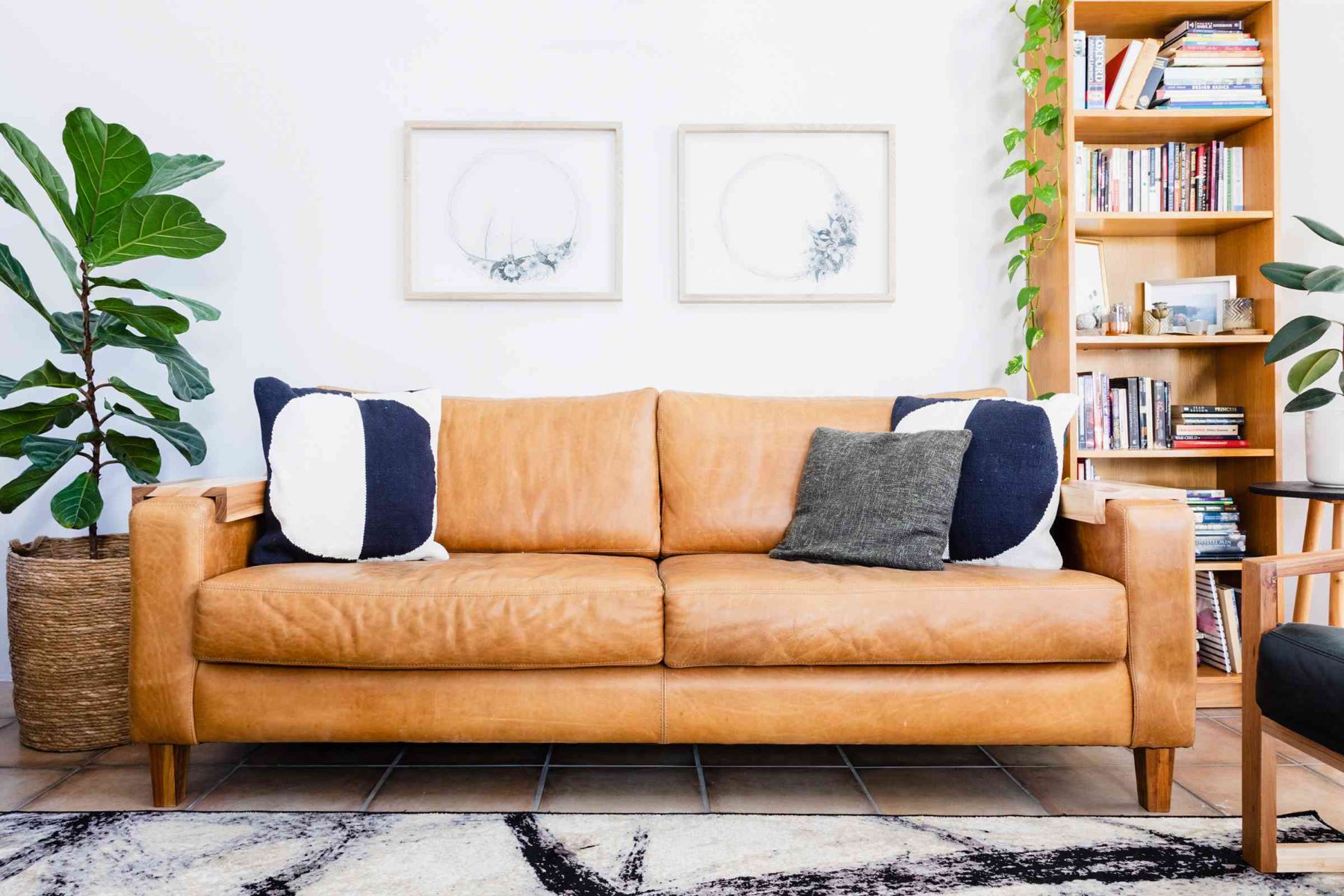
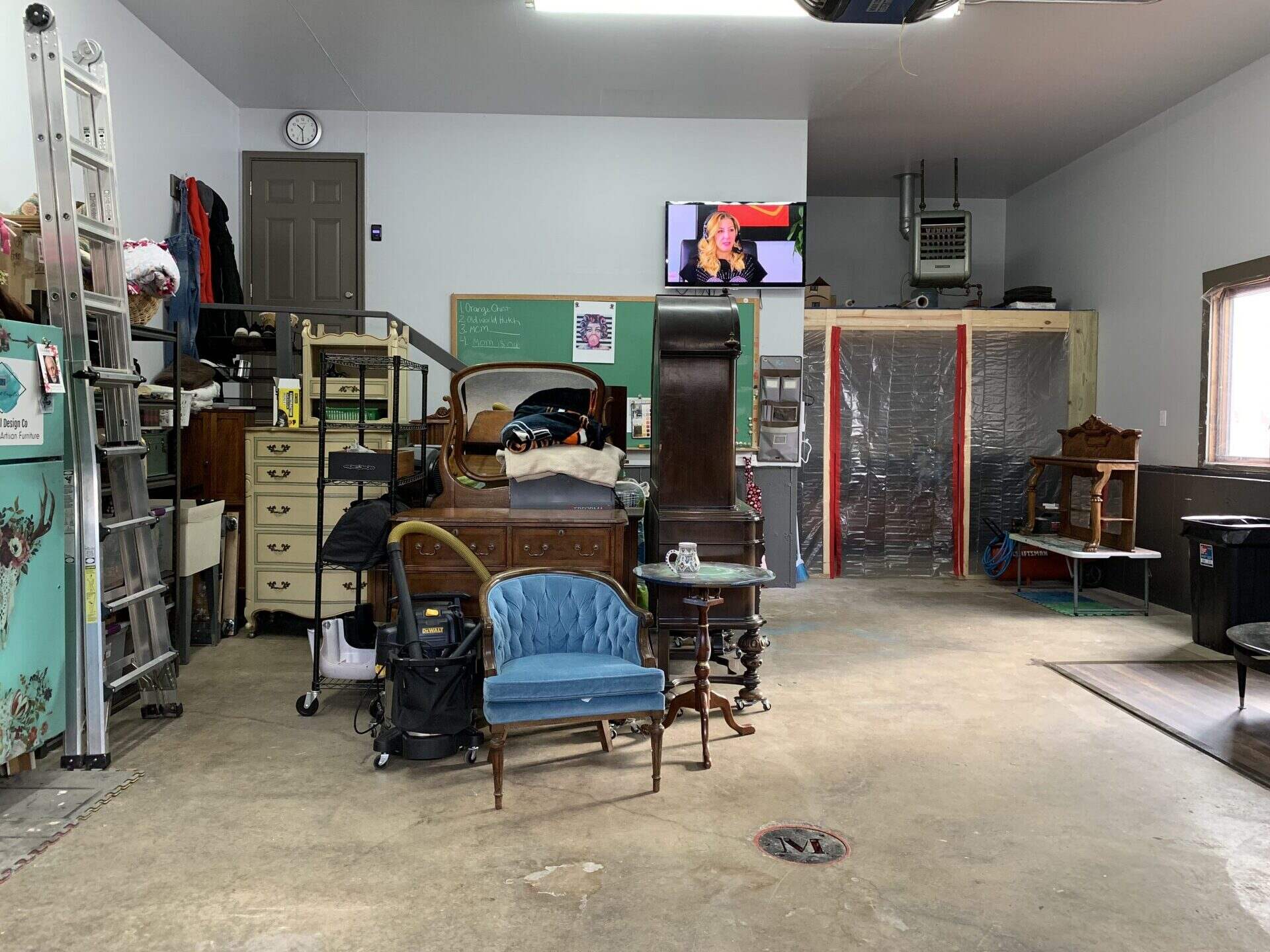
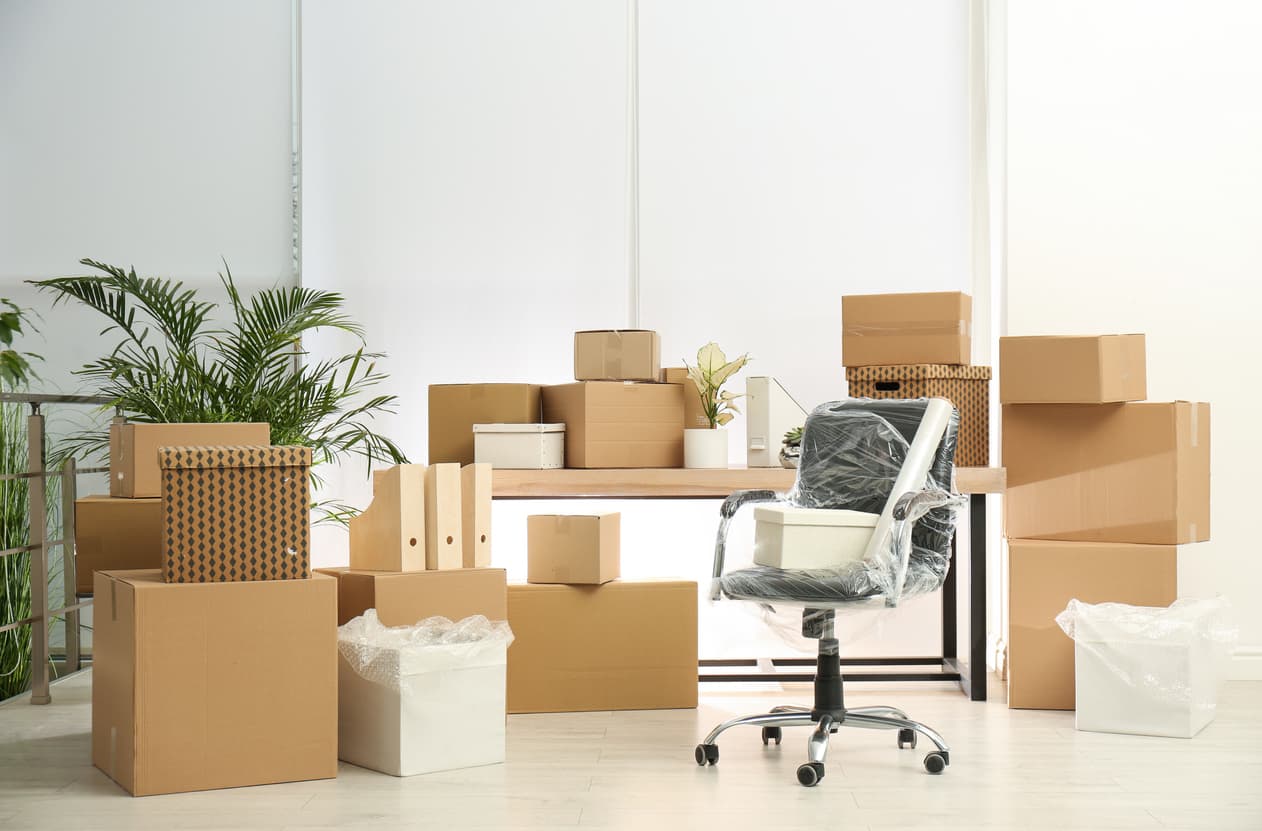
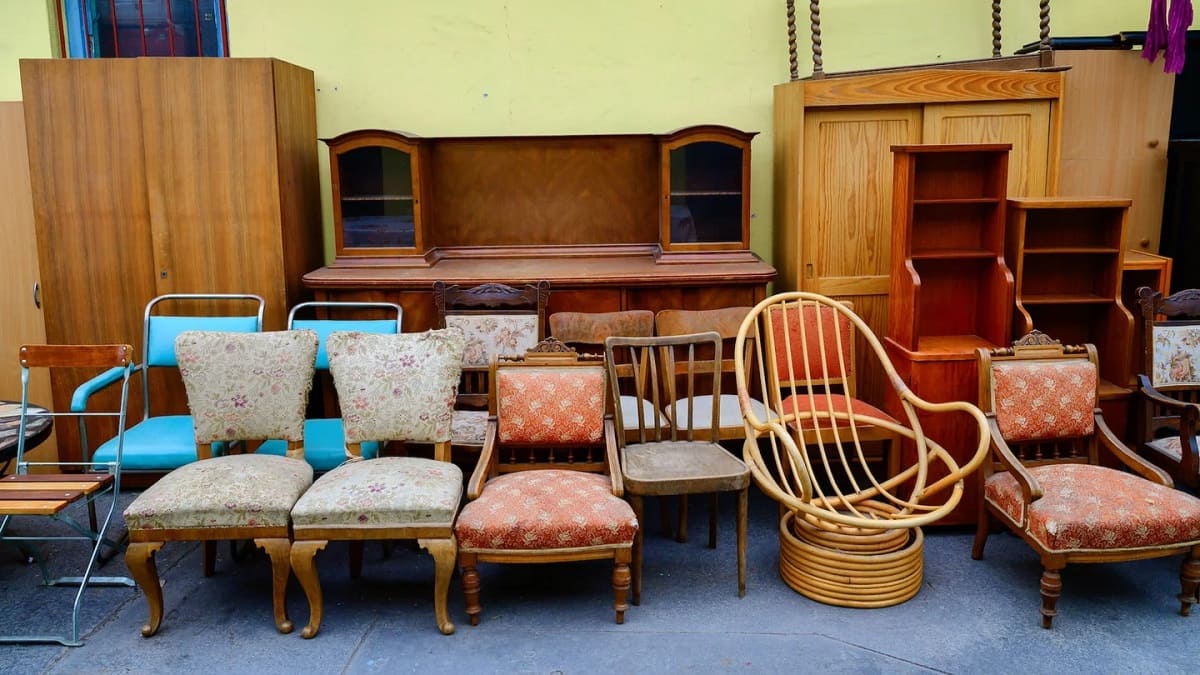
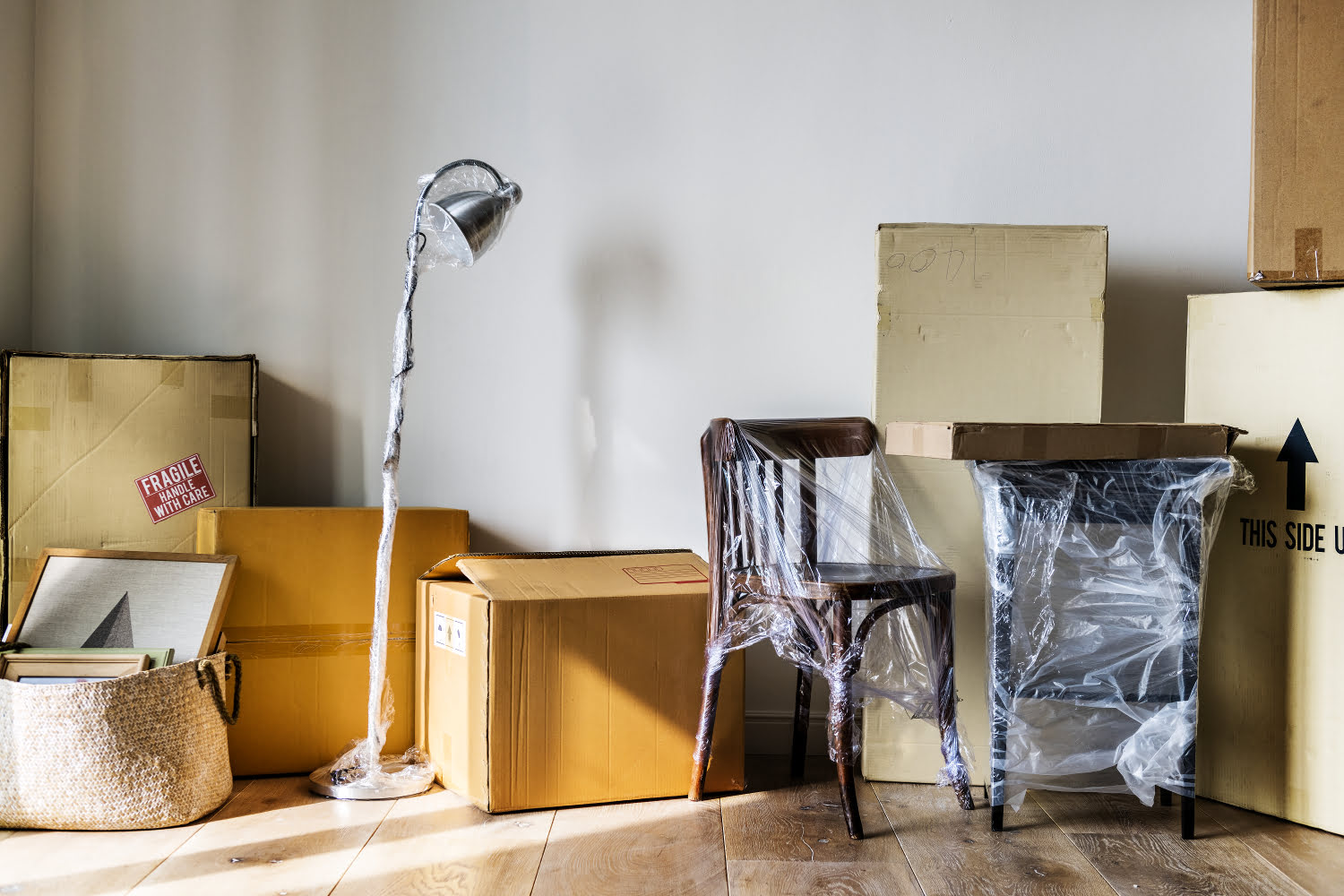
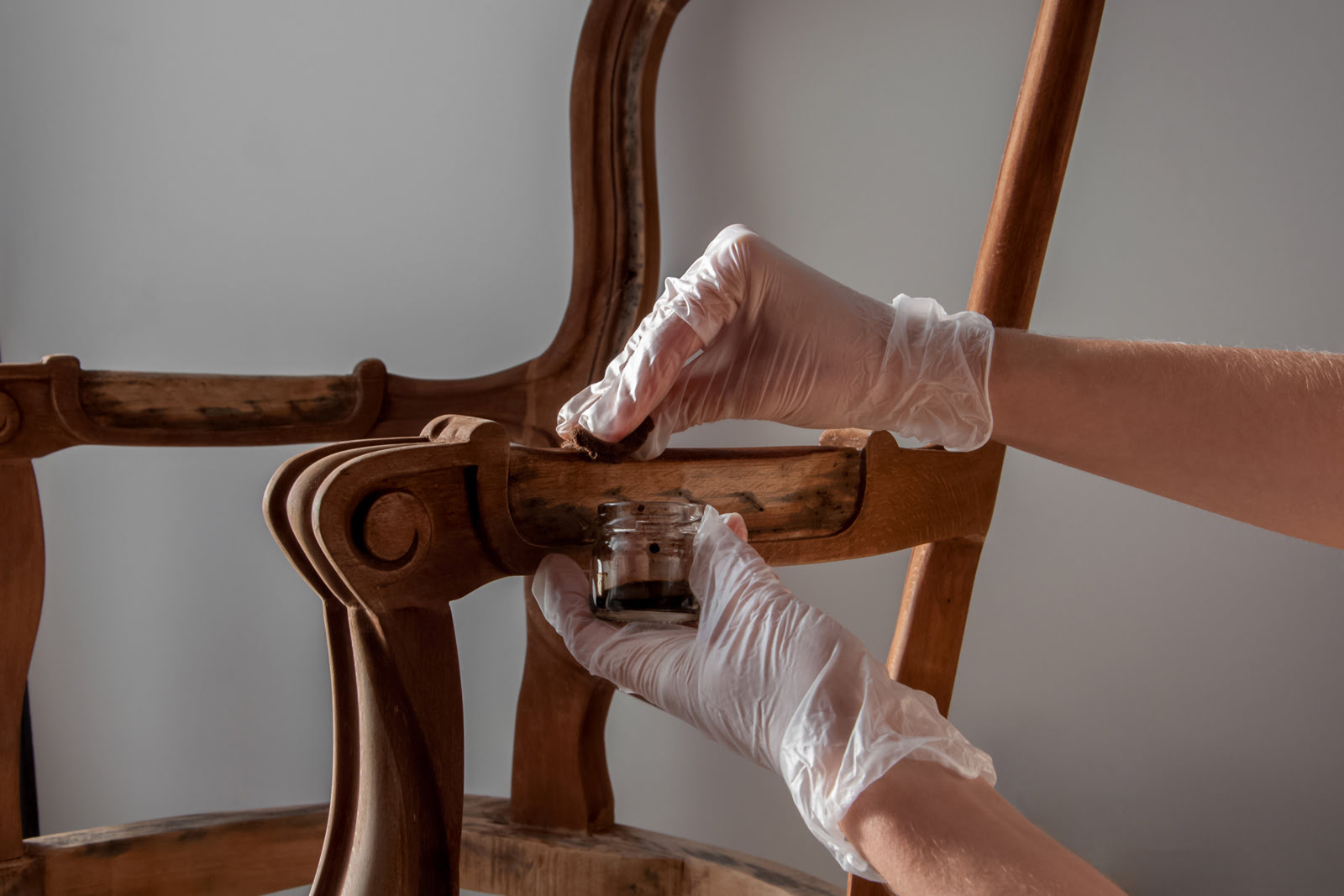



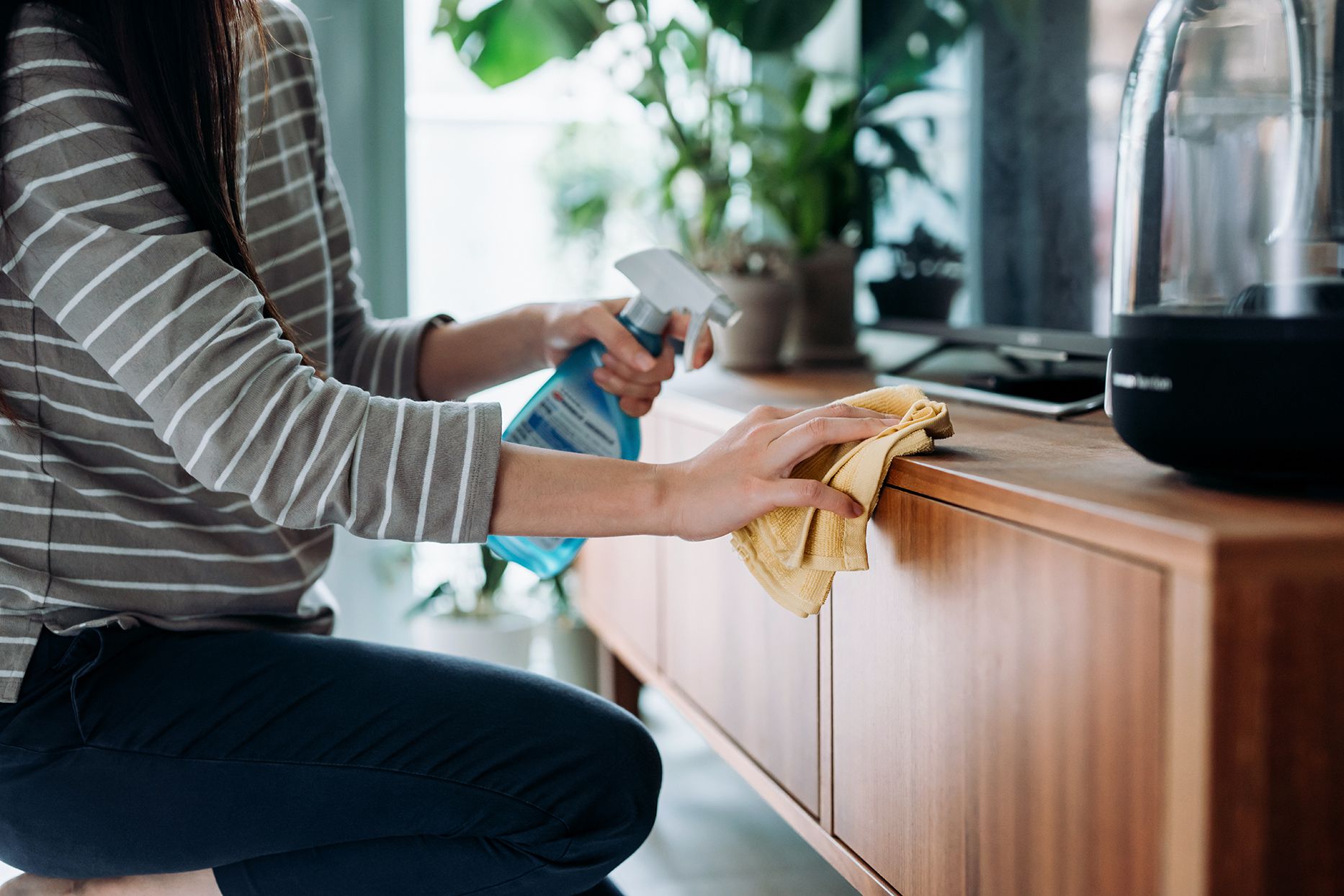
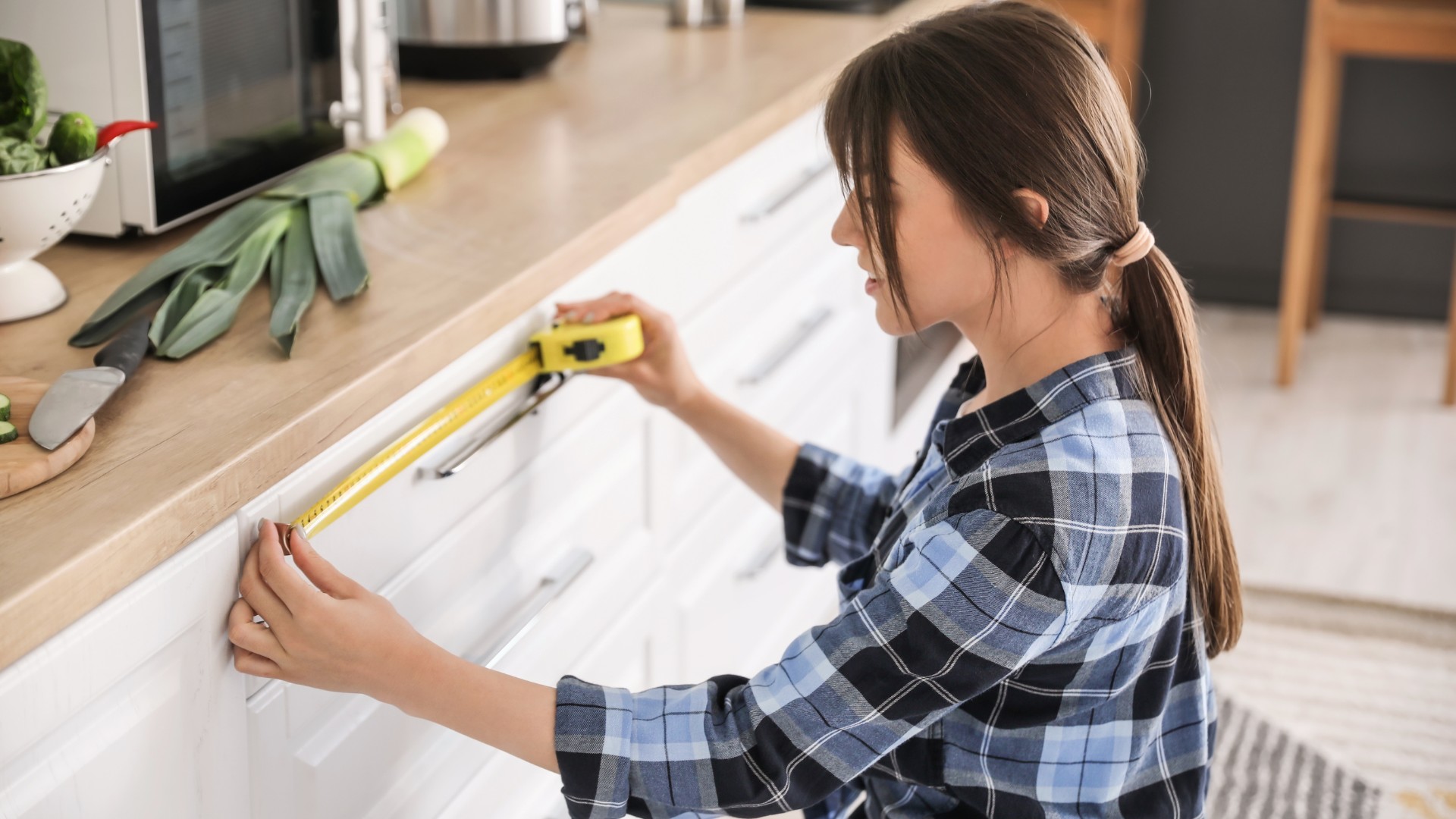
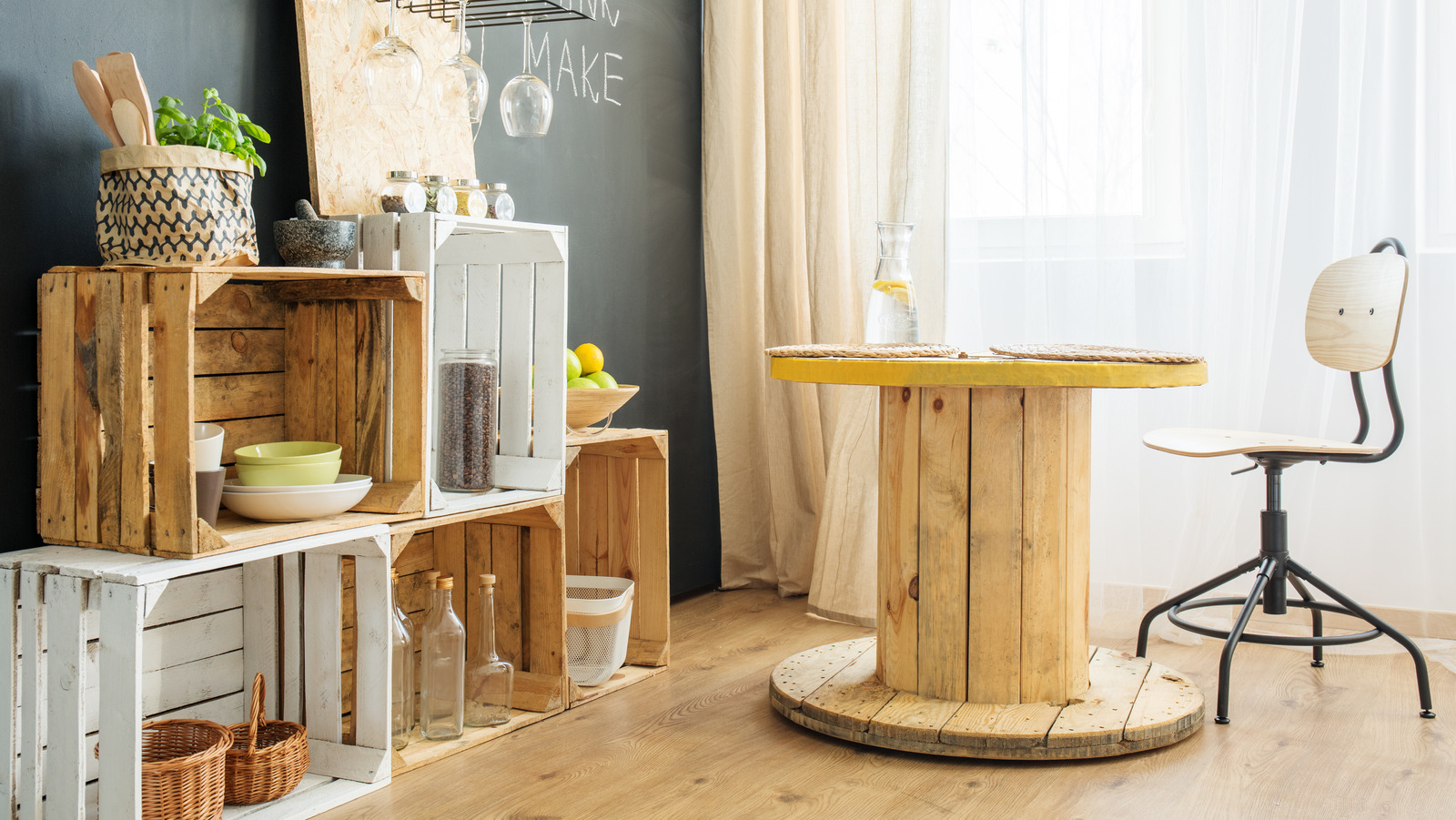
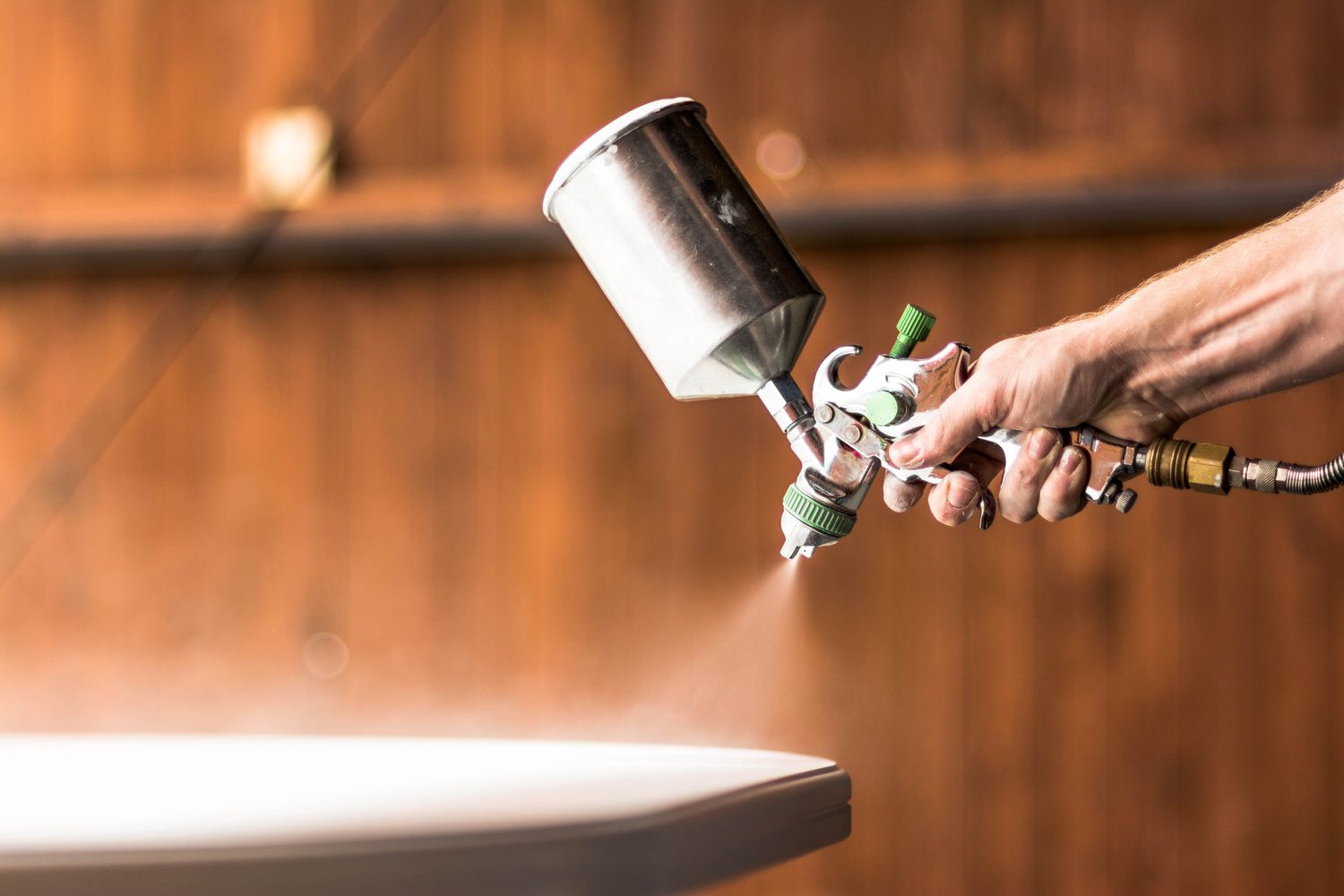

0 thoughts on “How To Store Furniture In A Storage Unit”